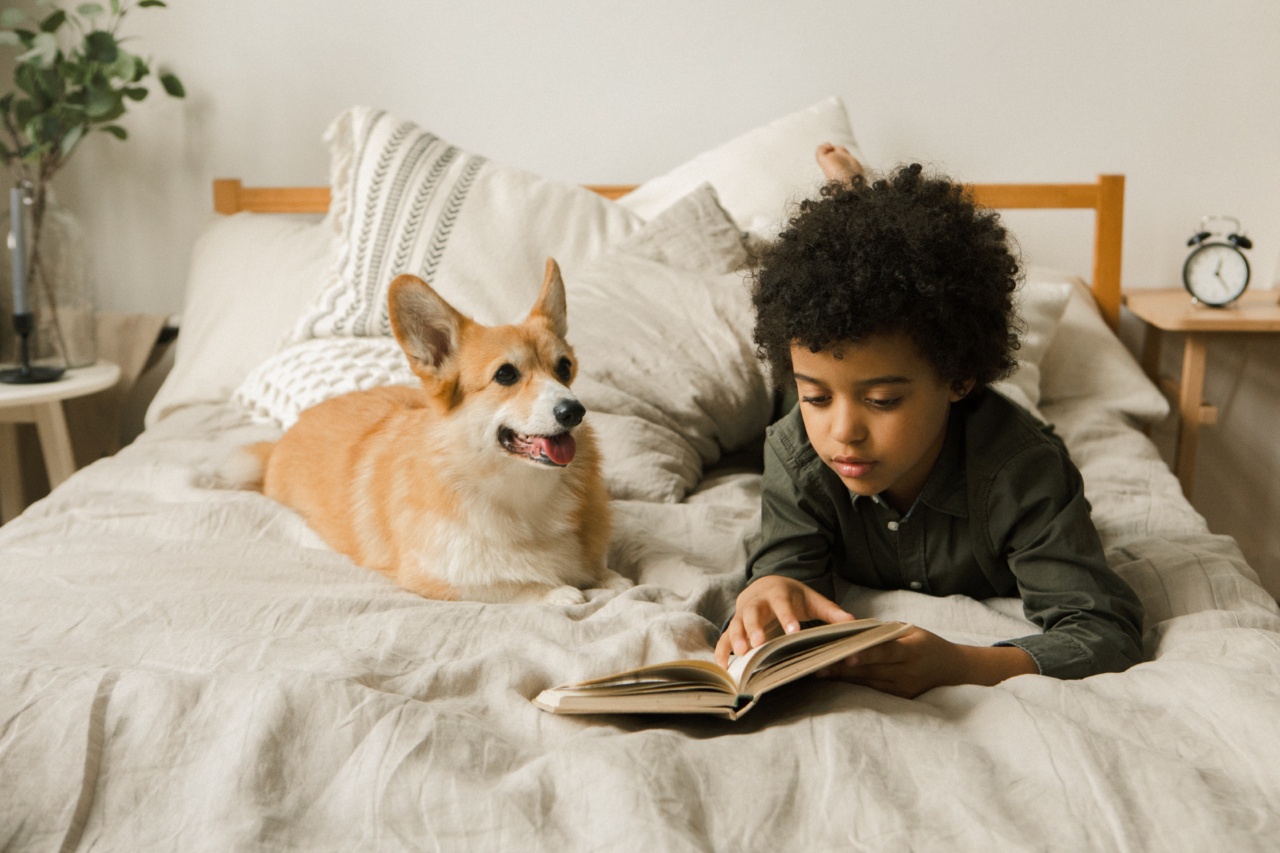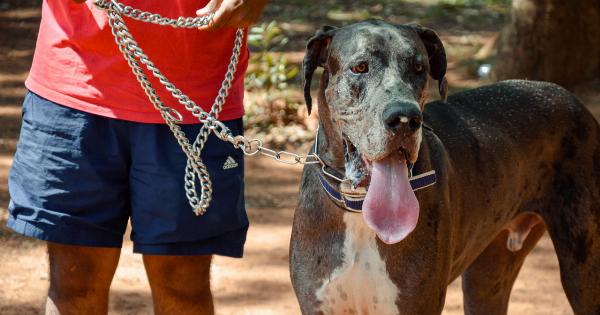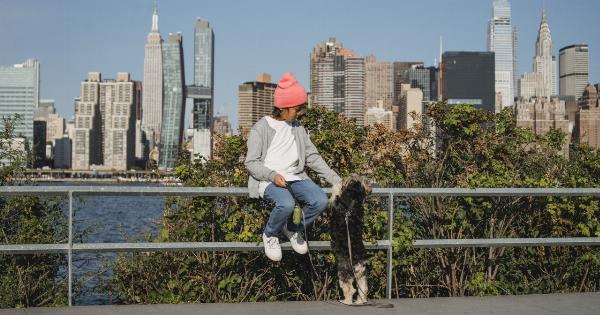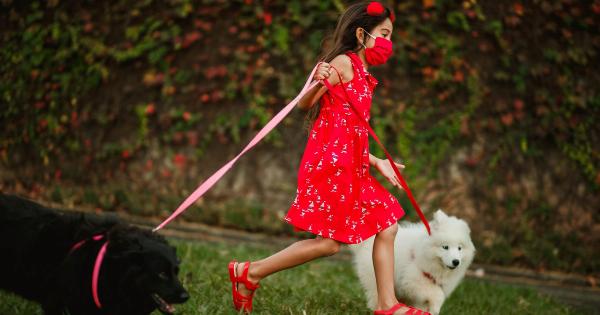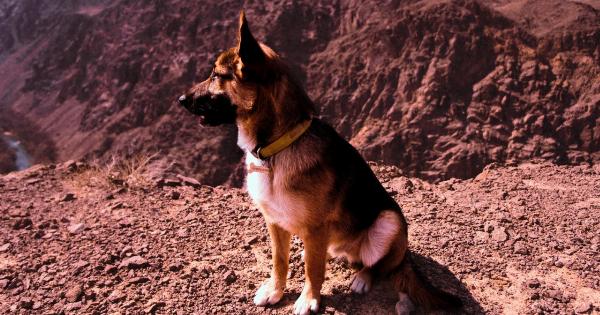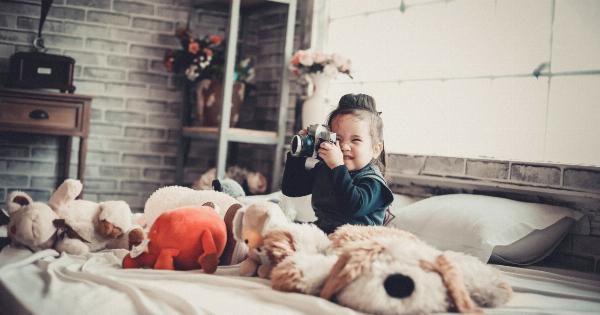For many centuries, dogs have been known as man’s best friend. They are not only loyal and affectionate pets but also great teachers and playmates for children.
Dogs can instill important life lessons in children and help them develop key skills such as compassion, empathy, and responsibility. In this article, we will explore the role of dogs as friends and teachers for children, and how they can benefit their young human companions.
Companionship and Loyalty
Dogs are social animals and enjoy being around people, especially children. They are always happy to see their owners, and their wagging tails and cheerful demeanor are sure to put a smile on anyone’s face.
Children can form strong bonds with their furry friends and develop a sense of unconditional love and loyalty. Dogs are always there for their human companions, whether they want to play or cuddle, and this constant companionship can help children feel secure and loved.
Physical Activity and Exercise
Dogs are naturally active creatures and require regular exercise to stay healthy and happy. For children, playing with their dog can be a fun way to get some exercise and burn off excess energy.
Activities like playing fetch, going for walks, or even dancing around with their dog can help children stay active and develop important motor skills. Additionally, being outdoors and spending time in nature can have many benefits for children’s overall health and well-being.
Compassion and Empathy
Dogs can be great teachers of important values such as compassion and empathy. Children who care for and nurture their dog learn how to be responsible and considerate toward another living creature.
They also learn how to read and interpret their dog’s needs and emotions, which can help them develop empathy and emotional intelligence. Children who grow up with dogs are more likely to be kind and understanding to other people and animals.
Safety and Boundaries
Dogs can help children learn about boundaries and safety. When children interact with dogs, they need to learn how to approach them in a calm and gentle manner, and how to respect their limits and boundaries.
They also need to learn about safety precautions such as not pulling a dog’s tail or ears, and not approaching strange dogs without the owner’s permission. These skills can help children develop a sense of social awareness and personal responsibility.
Responsibility and Discipline
Owning a dog requires a certain level of responsibility and discipline. Children who take care of their dog learn how to be reliable and consistent in their actions, such as feeding and walking their dog regularly.
They also learn about discipline and self-control, such as avoiding punitive measures when the dog misbehaves. These skills can help children develop self-esteem and a sense of accomplishment.
Mental Health Support
Dogs can also provide significant mental health benefits to children. Studies have shown that spending time with a dog can reduce stress and anxiety, and improve overall mood and well-being.
For children who may be struggling with emotional or behavioral issues, having a dog as a companion can be a powerful source of support and comfort.
Teaching Responsibility to Children
When children have a dog as a pet, they learn about responsibility and accountability at an early age. These are critical life skills that help children grow into responsible adults.
Here are some tips on how to teach responsibility to children through pet ownership:.
Create a chart or schedule for dog care activities such as feeding, walking, bathing, and grooming. This will help children learn how to organize their time and prioritize their tasks.
Assign age-appropriate tasks to children to help care for the dog. For example, younger children can help with feeding and watering the dog, while older children can take on more complex tasks such as training and grooming.
Encourage children to keep a journal of their experiences with the dog. This can help them reflect on their emotions and thoughts and develop self-awareness.
Set clear expectations and boundaries for children when interacting with their dog. This will help them learn about respect, boundaries, and safety.
Conclusion
Dogs can be great friends and teachers for children. They provide companionship, physical activity, and opportunities for learning important life skills such as empathy, responsibility, and discipline.
As parents, it is important to foster a positive relationship between children and their dog, ensuring that both parties benefit from the companionship. Through responsible pet ownership and a commitment to nurturing a healthy human-animal bond, children can learn important life lessons and develop a deep appreciation for the wonders of the animal world.
